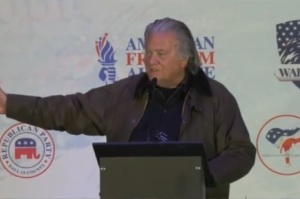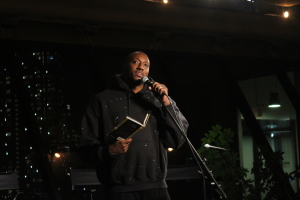Surveying Seminarians
Over 200 Sightingses ago (January 7, 2002), I quoted the late Edward H. Levi, who, when he was president of the University of Chicago, told me, after I asked about the subject: "The profession of ministry is too important in our culture and society for it to go unmonitored or uncontributed to by universities." Agreed. That importance is why we offer an occasional sighting of seminarians under our canopy labeled "Public Religion in America."
Levi's "our culture" is local as well as national. Here's one locale: Los Angeles. Two weeks ago, thirty-four retired Evangelical Lutheran Church in America bishops and their spouses, plus this pretender, heard Cardinal Roger Mahoney converse about the LA archdiocese. It claims 5 million communicants -- almost as many as there are in the national ELCA. Where does Mahoney find clergy to administer the sacraments to so many in that sacramental fellowship?
We hurry right along to another locale: the Chicago archdiocese, with its 2.36 million communicants (39 percent of the population). What prompts this sighting is the May 14-27 issue of "our" archdiocesan New World newspaper, which glories in the ordination of twelve new priests, all headed for parish priesthood.
Taking roll call: four are from Poland, which makes sense, since Chicago is the second largest "Polish" city in the world. Others are from Mexico (two), Ecuador, Vietnam, Tanzania, and Colombia. That leaves two US-raised natives. Currently there are 842 active and retired diocesan priests in the archdiocese. It would take seventy years at the current rate to replace them. True, priests from religious orders and priests borrowed from elsewhere -- but from where? -- can help contribute to the survival of the priesthood as clergy who can administer the sacraments, on which the spiritual life of the Church depends.
Not that Protestants can relax, though the infusion of ordained women into the ranks during the past third of a century or so has helped sustain clergy cohorts. The Association of Theological Schools (which includes Catholics, too) has seen a tick upwards in the number of slightly younger seminarians. In 1999, 37 percent were in their twenties (representing the long-ago norms) and now 42 percent are of that age -- something cheered in Colloquy, an Association of Theological Schools paper (May/June 2006). Grateful for late vocation prospects, as all ATS schools are, they cheer the downward-in-age trend because 1) younger ones have more years of service ahead; and 2) younger ones cost less to educate. We might add that while older students bring experience and perspective, younger ones can approach ministry with more sense of adventure and, says this older writer, can learn more quickly.
Tisa Lewis for the ATS keeps her eye on surveys of college-and-university seniors who are asked about their spirituality. All the spirituality figures are "up." Asked about "Expectation of Full-Time Positions after Graduation," 24.1 percent of entering seminary students nationally picture parish ministry futures, while "Undecided" comes in second, at 20 percent. The rest are divided among nineteen other possible outcomes.
Clearly parishes, congregations, worriers, executives, and those already in ministries have to do better at luring more onto the front lines. We'll watch for upward trends next year.
In the meantime, benisons, new ordinands!
This article was originally published on May 29, 2006.
_________________________________________________
Martin E. Marty's biography, current projects, upcoming events, publications, and contact information can be found at www.illuminos.com. Original Source: Sightings – A biweekly, electronic editorial published by the Marty Center at the University of Chicago Divinity School.



























